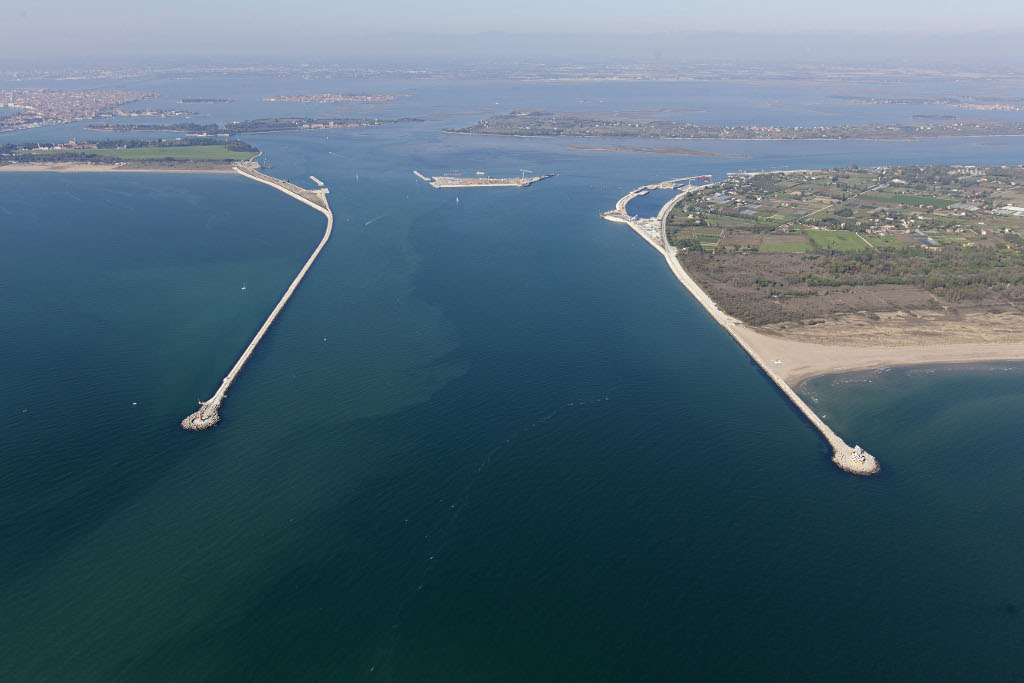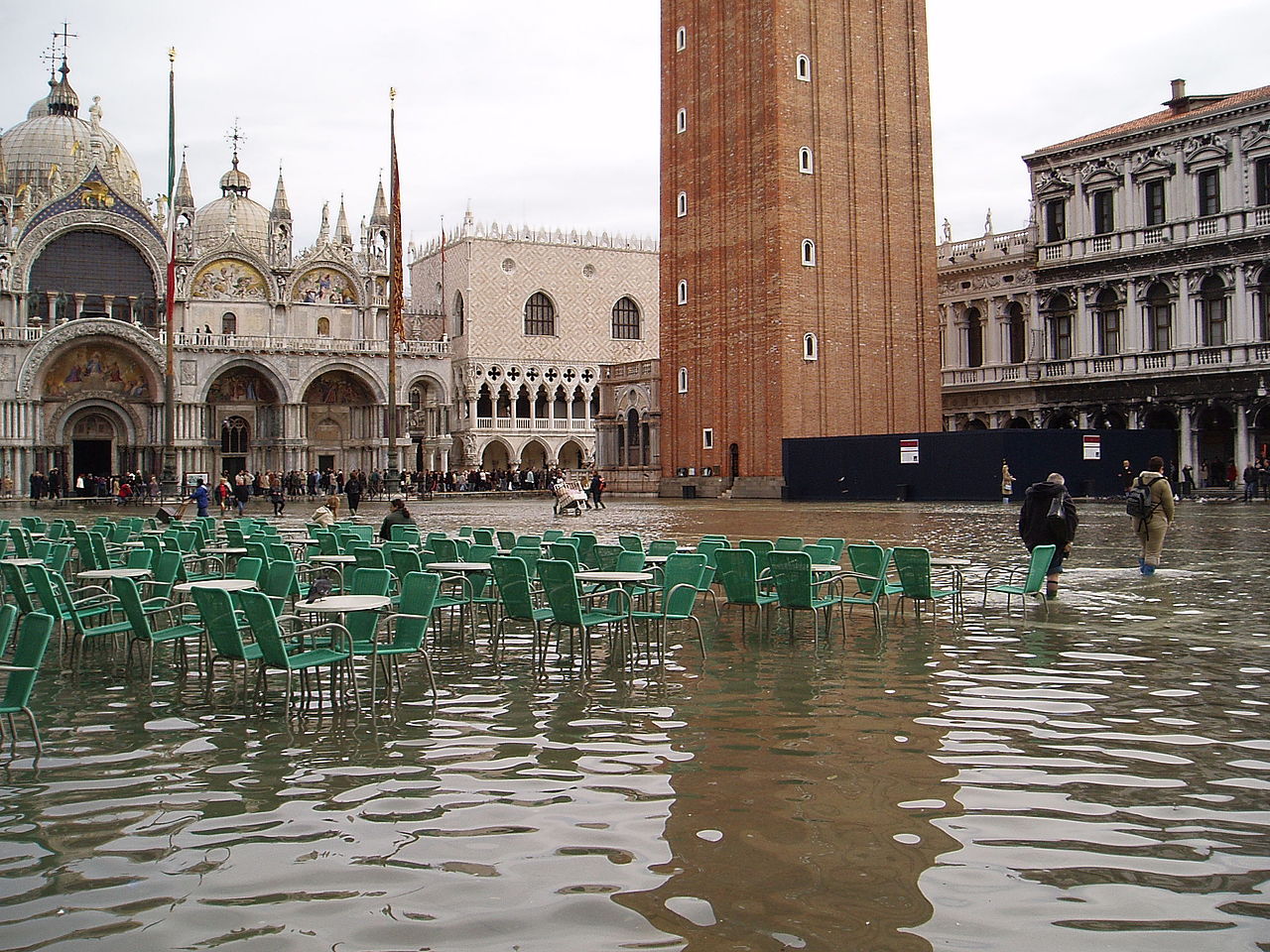Famous for its floods as well as for its architecture and ambience, St. Mark’s Square in Venice stayed dry on Saturday, 3 October thanks to the city’s controversial, multi-billion-euro tidal barrier system, which was used in anger for the first time.
“Today everything is dry here! Pride and joy,” tweeted Venice mayor Luigi Brugnaro as the system of 78 flap gates tilted upward in unison to block the rising Adriatic from entering the three inlets of the Venetian Lagoon.
Without the system, called “Mose”, an acronym of its technical name in Italian, the famous square would once again have been inundated, an official told The New York Times.
Around half of the city’s streets would have been flooded as well in the four-foot tide, the official said.
- See the Mose in action:
Â
Technically a test, since the epic construction project is scheduled for final handover in December 2021, the event was the surest sign yet that Mose, planned since 1988 and under construction since 2003, will work – for now.
It will be vindication for the scheme’s supporters, who have had to endure a number of setbacks.
One was its ballooning cost. Originally estimated at €1.6bn, the most recent is €5.5bn.
Another has been corruption scandals. In 2014, authorities arrested then-mayor Giorgio Orsoni and more than 30 others in a political corruption case linked to the Mose. Orsoni was charged of misusing public funds from the project.

Aerial photograph of the Lido inlet, one of the three in the Venetian Lagoon now guarded by the Mose (Magistrato alle Acque di Venezia/Consorzio Venezia Nuova/CC BY-SA 3.0)
That led the Italian government to put the body responsible for Mose’s delivery, the Consorzio Venezia Nuova, under extraordinary management by installing three special chief executive officers.
Critics of Mose worry that rising sea levels will mean the barriers will have to stay up permanently, cutting off shipping and turning the lagoon into a stagnant breeding ground for algae.
A prominent critic is the emeritus professor of hydraulic engineering, Luigi D’Alpaos, who wrote in November: “Underestimated by the designer, the fatal consequences of the predicted rise in sea level over the course of the century, and the costs of operation and maintenance, which are still unknown in any detail but which are very probably unsustainable, run the risk of becoming the tomb of this Pharaonic work with feet of clay.”

High tide in Venice’s St. Mark’s Square (Wolfgang Moroder/CC BY-SA 3.0)
The current mayor Luigi Brugnaro remained upbeat on Saturday, however.
“At 10.10 the [gates] are stable and the difference in levels between the lagoon and the sea is evident,” he wrote on Facebook.
“Now we stand by. We are confident.”
Top image: The Mose sea defence being tested at the Malamocco Inlet in May 2020 (Mose press office/Youtube)






